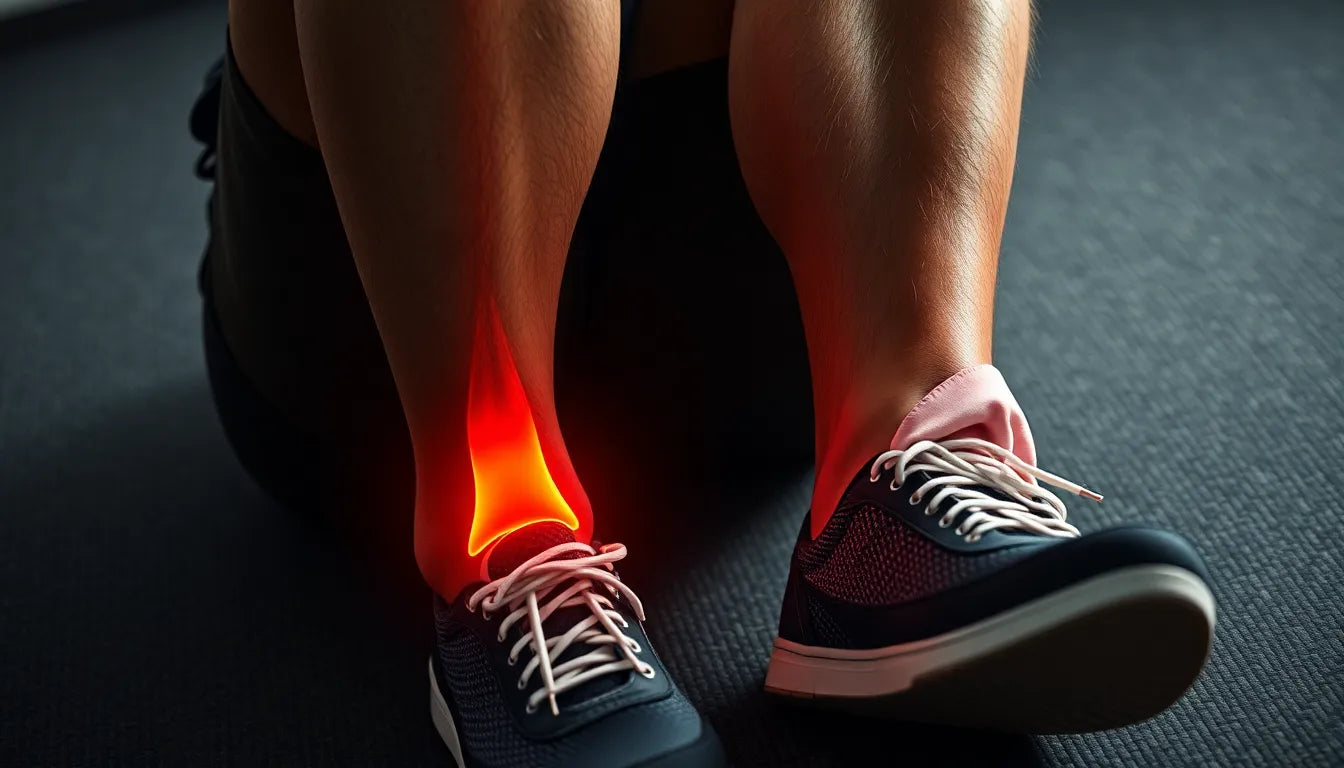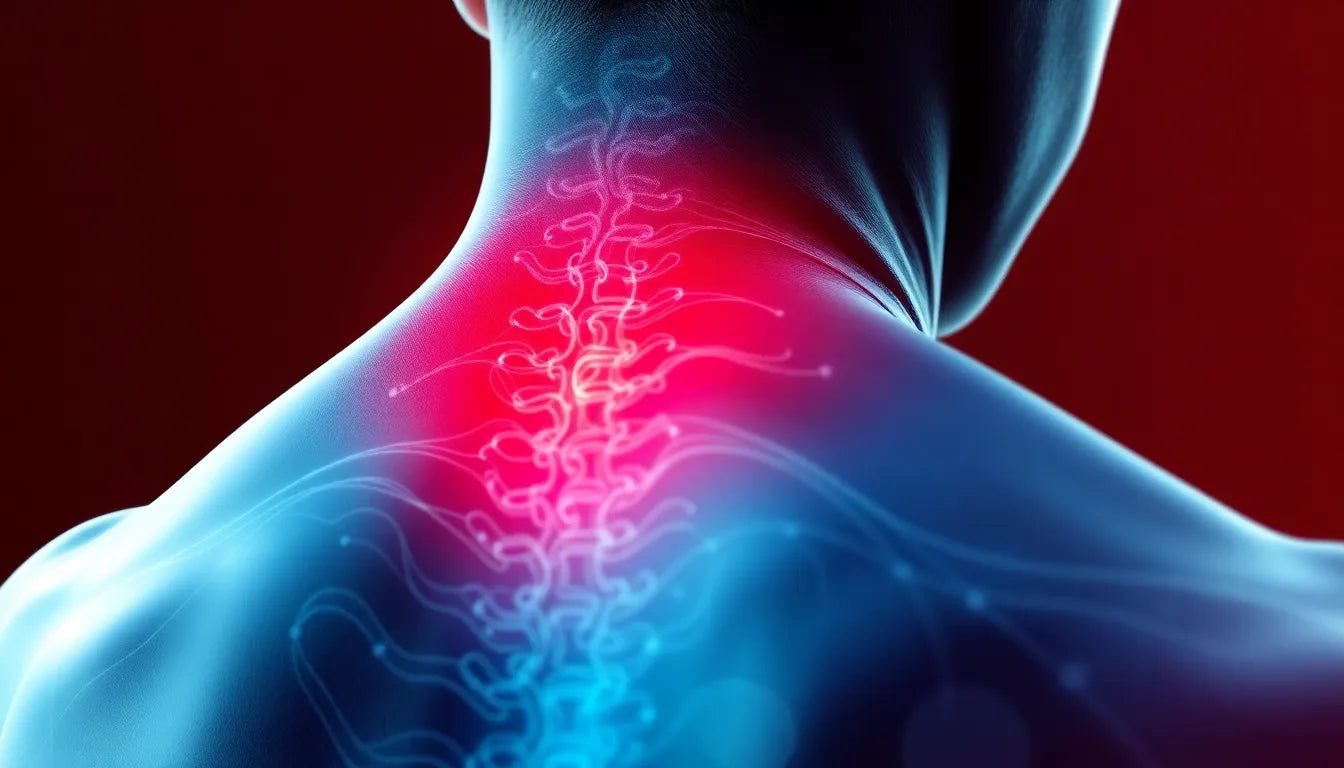Lower back pain, known as "ondt i den nederste del af ryggen" in Danish, is a prevalent issue that affects many people in Denmark. This discomfort typically resides in the area between the lower ribs and the buttocks, often manifesting as stiffness, muscle tension, or a tingling sensation that can extend to the buttocks and legs. These symptoms can range from mild to severe, impacting daily activities and overall well-being.
Understanding the prevalence of lower back pain
In Denmark, lower back pain is a common ailment, affecting a significant portion of the population. It is one of the most frequent reasons for medical consultations and can lead to missed workdays and reduced productivity. The ubiquity of this condition underscores the importance of understanding its causes and finding effective ways to manage it.
The impact of lower back pain on daily life
Experiencing lower back pain can significantly disrupt daily routines, from simple tasks like bending and lifting to more demanding activities such as exercise and sports. It can also affect one's ability to work, leading to decreased productivity and even time off in severe cases. The discomfort can hinder social interactions and leisure activities, diminishing the quality of life.
Simple solutions for relief
Fortunately, there are simple solutions and lifestyle adjustments that can help alleviate lower back pain. By incorporating regular physical activity, maintaining proper posture, and making ergonomic adjustments at work and home, individuals can significantly reduce the discomfort associated with this condition. Exercise, in particular, plays a crucial role in strengthening the core muscles that support the spine, thereby reducing the risk of future pain.

Lumbar support belt
Provides strong lumbar support and stabilizes the lower back for pain relief.
Moreover, understanding the triggers and symptoms of lower back pain can empower individuals to take proactive steps in managing their condition. Whether it's through targeted exercises, ergonomic changes, or seeking professional advice, addressing lower back pain promptly can lead to a more comfortable and active lifestyle.
common causes of lower back pain
Understanding the underlying causes of lower back pain, or "ondt i den nederste del af ryggen," is crucial for effective management and prevention. One of the most prevalent causes is muscle strain and tension, which often result from activities like heavy lifting, awkward movements, or maintaining poor posture for extended periods. These actions can lead to overuse of the muscles in the lower back, causing discomfort and stiffness.
Another significant cause is herniated discs. This condition occurs when the soft inner gel of a spinal disc pushes through a tear in its tougher exterior, potentially pressing on nearby nerves. This pressure can result in sharp, shooting pains that radiate down the legs, a condition known as sciatica.
lifestyle factors and their impact
Modern lifestyles contribute significantly to lower back issues. Prolonged sitting, especially with inadequate back support, can weaken core muscles, increasing the risk of lower back pain. Inactivity not only affects muscle strength but also flexibility, making it more challenging to maintain a healthy posture. Additionally, obesity can exacerbate back pain as excess weight places additional strain on the spine and surrounding muscles.
Other contributing factors include osteoarthritis and degenerative disc disease, which are more common as people age. These conditions can cause chronic pain and limit mobility. In rarer cases, internal organ issues such as kidney stones or infections can manifest as lower back pain, underscoring the importance of accurate diagnosis.
recognizing serious conditions
While most lower back pain is benign, it's essential to be aware of symptoms that might indicate more serious conditions. For instance, if the pain is accompanied by unexplained weight loss, fever, or neurological symptoms like numbness or weakness in the legs, it could signify a more severe underlying issue such as multiple myeloma or spinal infections. These conditions require prompt medical evaluation to prevent further complications.
effective treatment methods
Addressing lower back pain effectively often involves a combination of treatments tailored to the individual’s specific needs. Regular exercise is paramount, focusing on strengthening the core muscles that support the spine. Activities such as yoga, Pilates, and swimming are particularly beneficial as they enhance flexibility and muscle tone without putting undue stress on the back.
Physiotherapy plays a critical role in managing lower back pain by providing targeted exercises and techniques to improve posture and muscle strength. A physiotherapist can also offer ergonomic advice to optimize workspaces and daily habits, reducing the risk of further injury.
ergonomics and lifestyle adjustments
Making ergonomic adjustments in the workplace and at home can significantly alleviate lower back pain. Ensuring that chairs and desks are at the correct height, using lumbar supports, and taking regular breaks to stand and stretch can prevent the onset of pain. Simple lifestyle changes, such as maintaining a healthy weight and staying active, are also crucial in managing and preventing back pain.
For immediate relief from acute pain, cold and heat therapy can be effective. Applying a cold pack can reduce inflammation, while a warm pack can relax tense muscles and improve circulation.
importance of medical evaluation
While many cases of lower back pain can be managed with home remedies and lifestyle changes, persistent or severe pain warrants a medical evaluation. Consulting with a healthcare professional is crucial if the pain is accompanied by other symptoms like fever or weight loss, as these could indicate a more serious condition requiring specialized treatment.
By understanding the common causes and effective treatments for lower back pain, individuals can take proactive steps to manage their condition and improve their quality of life. Whether through exercise, ergonomic adjustments, or professional medical advice, addressing lower back pain can lead to a healthier, more active lifestyle.
understanding non-specific lower back pain
Many individuals suffering from lower back pain, or "ondt i den nederste del af ryggen," find that their discomfort cannot be precisely diagnosed with imaging or blood tests. This is often referred to as non-specific lower back pain. Despite the absence of a clear medical diagnosis, it's important to recognize that the body has a remarkable ability to adapt and manage pain over time. Through consistent care and appropriate lifestyle adjustments, individuals can often find relief and improve their quality of life.
practical tips for managing lower back pain
Managing lower back pain effectively involves adopting a proactive approach to daily habits and ergonomics. Here are some practical tips that can help maintain a healthy back:
- Maintain good posture: Ensure that your back is well-supported when sitting, and avoid slouching. Use ergonomic chairs and take frequent breaks to stand and stretch.
- Engage in regular exercise: Incorporate exercises that strengthen your core muscles, such as planks, bridges, and gentle stretching routines.
- Stay active: Avoid prolonged periods of inactivity. Regular movement helps maintain flexibility and reduces muscle tension.
- Adjust your workspace: Ensure your desk and chair are at the correct height to prevent strain. Consider using a standing desk if possible.
- Apply cold or heat therapy: Use cold packs to reduce inflammation and heat packs to relax tense muscles, providing immediate relief from acute pain.
By integrating these habits into your daily routine, you can effectively manage lower back pain and prevent future occurrences.

Women's Posture Shirt™ - Black
Posture Shirt improves posture, relieves tension, and supports daily comfort.
frequently asked questions
what are the first steps to take when experiencing lower back pain?
Initially, it is advisable to rest and avoid activities that worsen the pain. Applying cold or heat packs can also provide relief. If the pain persists, consult a healthcare professional.
when should I see a doctor for lower back pain?
Seek medical attention if your pain is persistent, severe, or accompanied by symptoms like unexplained weight loss, fever, or neurological signs such as numbness or weakness.
can lifestyle changes really make a difference in managing back pain?
Yes, lifestyle changes such as regular exercise, maintaining a healthy weight, and proper ergonomics can significantly reduce and manage back pain.
are there any specific exercises recommended for lower back pain?
Exercises that strengthen the core muscles are highly recommended. These include bridges, planks, and gentle stretches that help support the spine and reduce pain.
how do I know if my back pain is due to a serious condition?
Look for red flags such as unexplained weight loss, fever, or loss of bladder control. If these symptoms occur, consult a healthcare professional for a thorough evaluation.
By understanding and implementing these strategies, individuals can take control of their lower back pain and work towards a healthier, more active lifestyle.
Kilder
- Apollo Hospitals. "Lumbago." Apollo Hospitals Health Library.
- DHN. "5 måter å ikke behandle lumbago på." DHN.
- Helsenorge. "Ryggsmerter." Helsenorge.
- Akutt Kiropraktikk. "Behandling av ryggsmerter." Akutt Kiropraktikk.
- AB Fysio. "Lumbago." AB Fysio.
- Kiropraktor Sør. "Lumbago og ryggsmerter behandling." Kiropraktor Sør.


















